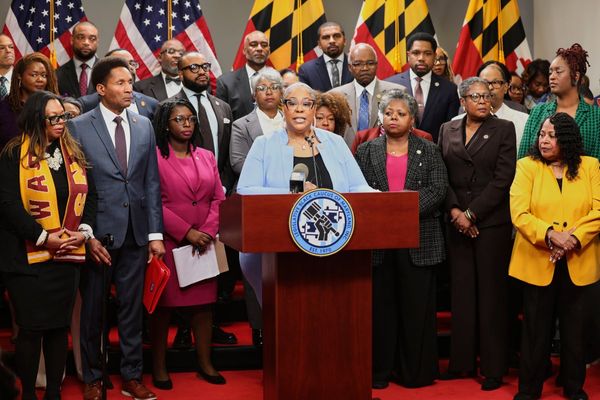It is not a coincidence that this year, three leading Indian private universities, all relatively new — Shiv Nadar University (SNU), Jindal Global University (JGU) and FLAME University — have launched undergraduate programmes in design. Over the past few years, other private universities have taken the plunge into design. In 2020, Manipal Academy of Higher Education acquired Srishti Institute of Art, Design & Technology in Bengaluru. Anant National University (ANU) and J. K. Lakshmipat University (JKLU) have also launched undergraduate degrees in design.
India is facing a large shortage of designers. It is estimated that the country produces only one design graduate for every thousand engineers. However, while design appears to be becoming more popular now, there are still only a relatively small number of institutions offering design education.
Late start
Formal modern design education has historically lagged in India. Until the 2000s, there were few institutions offering undergraduate or postgraduate degrees in design. While the National Institute of Design (NID) in Ahmedabad was founded in 1961 and the Industrial Design Centre at IIT Bombay in 1969, these two were for several decades the only institutions offering design education. Srishti, founded in 1996, came much later, and was the only private design school of note.
The neglect of design began to change slowly with some help from the Indian government. In 2007, it adopted the National Design Policy and established the India Design Council in 2009. While interior design already had a fairly large market in urban India – and has become bigger with India’s growing economy – fashion design started to become popular as well.
For the past decade or so, there has been a slow growth in the number of institutions, especially private ones, offering programmes in design, some with international collaboration as well.
Weak demand for design
In his 2020 book The Struggle and the Promise: Restoring India’s Potential, Naushad Forbes, a former president of the Confederation of Indian Industry (CII) and a regular commentator on economic issues, innovation, and education, dedicated a full chapter to design. He noted with concern that perhaps no more than a hundred Indian firms were passionate about design, whereas, given India’s size, there was a need for at least a thousand firms to be “design champions”. In the book, Dr. Forbes, who worked closely with the late James L. Adams, a leading expert in creativity and product design based at Stanford University, wrote that “we should have many more firms in the country that see design as their core strategy”.
The ‘weak demand for design’ scenario may be changing. India’s design sector is said to be growing at the rate of 23-25% annually. In a 2022 report, Olina Banerji noted that there is an “accelerated demand” for design. According to a 2016 British Council report entitled ‘The Future of Design Education in India’, there is “expected to be a huge demand from the market for professionally run design companies, as well as professionally trained designers”.
Supply-side challenges
On the supply side, things have started to improve as well — although there is still a sizeable shortage of qualified designers. According to the All India Survey of Higher Education (AISHE) reports, in 2011-2012, 3,385 students enrolled for an undergraduate degree in design and 942 degrees were awarded. In 2020-2021, the numbers had jumped to 40,586 with 5,944 obtaining their degrees. These numbers do not include students enrolled in specialised courses, such as textile design and leather design, and should therefore be considered broadly indicative rather than fully accurate.
Private universities seem to be racing ahead in offering design education while public institutions are lagging behind. Among the major public institutions, IIT Delhi is the only one to have recently launched an undergraduate programme in design. However, the student intake at this and three other IITs – those at Bombay, Guwahati, and Hyderabad – offering a bachelor’s degree in design has only been 139.
India’s flagship design school, NID-Ahmedabad, admits fewer than 300 students to its undergraduate programme. Six other NIDs have been set up across the country but their student intake is quite low. According to Dr. Banerji, “There’s not enough trickle-up from the top-tier design institutes who, together in a year, may supply about a 100 viable graduates.”
It is quite difficult to get reliable estimates on the shortage of designers. One significant problem is that, as in the case of other disciplines, most design programmes do not produce employable graduates. As the CII’s ‘India Design Report’ put it, there is a “common sentiment within [the] design industry that design graduates are not well trained” and “do not possess competencies as required by the industry”.
Another problem is that of underutilisation of the available designers and variance in demand and supply across different areas of design. According to M.P. Ranjan, a professor at NID-Ahmedabad, a lot of trained design talent is under-utilised and at the same time there is also a need for more trained designers across many sectors.
There is little doubt that design education is a growth area. Based on the increasing number of design programmes on offer at India’s universities, the 2020s could well see design education take off. However, the shortage of designers will persist because of their poor-quality training.
Pushkar (@PushHigherEd) is director, The International Centre Goa, Dona Paula. The views expressed here are personal.







